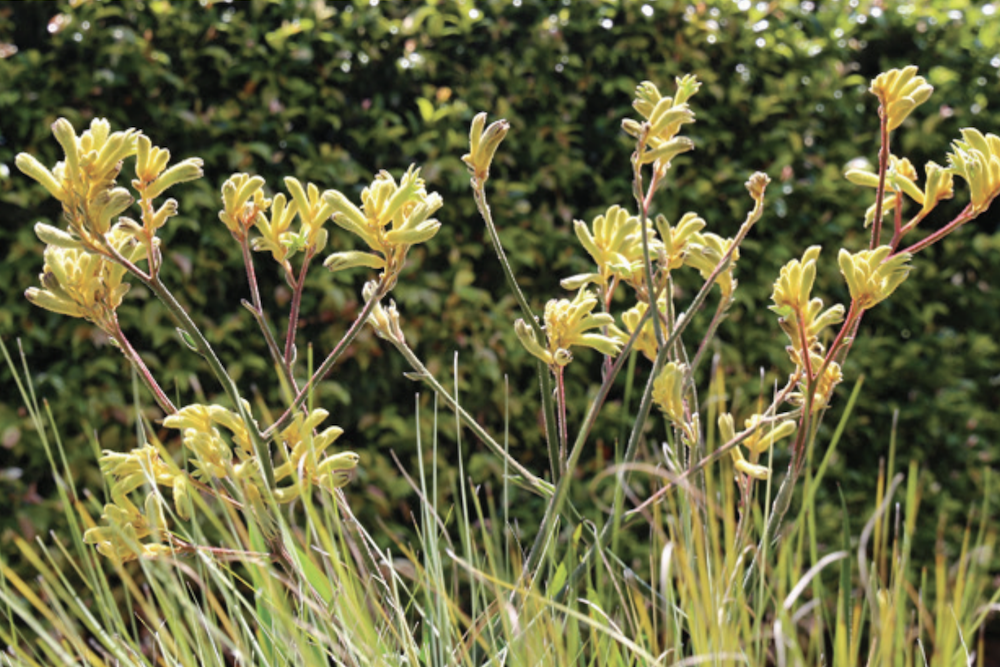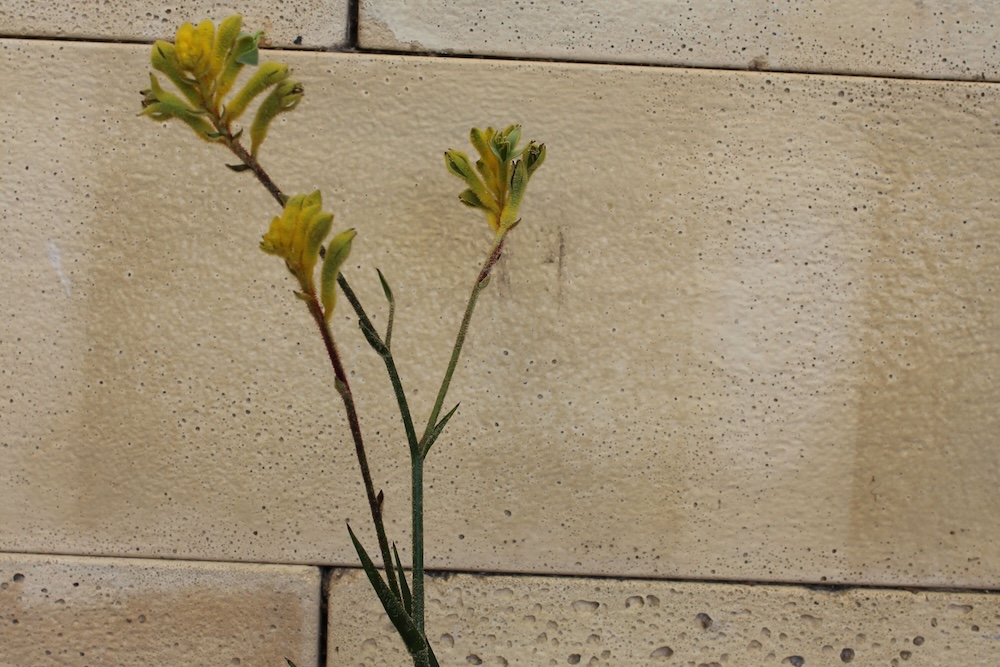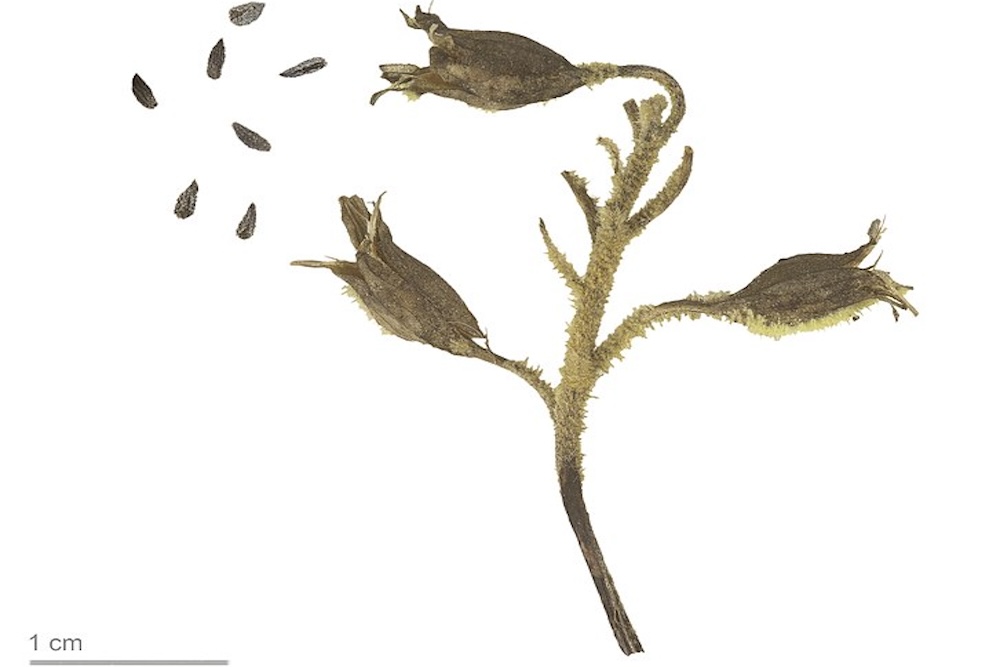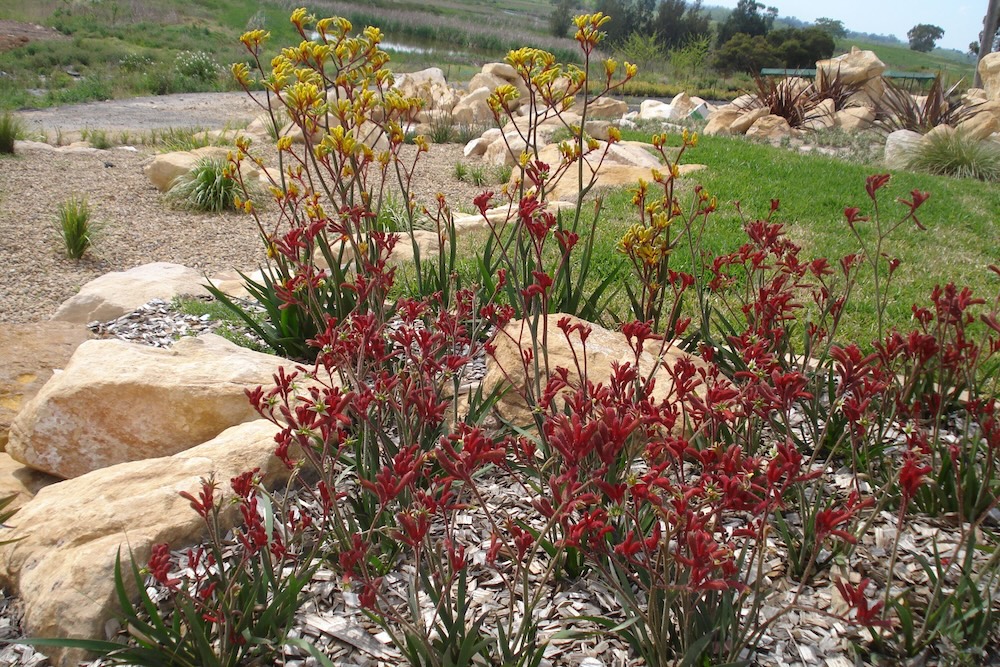Did you know that some of the plants we always thought were native to Australia are actually from Southern Africa?
Can You Propagate Kangaroo Paw? Exploring Methods and Success Tips
Kangaroo paws (Anigozanthos spp.) are a perennial plant native to Australia that have won the hearts of home gardeners and landscape professionals alike. Known for their vibrant, tubular flowers that resemble the paws of a kangaroo, these plants add a splash of colour and an exotic touch to any garden setting.
Propagating plants can help gardeners save money by using what we already have, rather than buying new plants every time we want to fill a gap in our garden. With kangaroo paw, propagation can be achieved through two primary methods: division and seed.
Division is the easiest way to propagate kangaroo paws, but propagating by seed can be a lot of fun. Just keep in mind that natural species of kangaroo paw will be more successful with seed propagation, because cultivated varieties have often been bred using tissue culture, which doesn’t favour vigorous seeds.
The sterile nature of cultivated kangaroo paw seeds isn’t a bad thing, though! It means that you’re less likely to have unwanted plants popping up around your manicured garden when you choose a cultivar from a breeder like Ozbreed.

It should be noted that plants that have plant breeder’s rights (PBR) cannot be propagated if they are destined for sale. They can only be propagated for personal use. Nurseries cultivate these through specialised methods, frequently involving tissue culture, and it’s sometimes simpler or more cost-effective considering your time to buy them.
However, if you possess the time and aren’t selling them, it might be worthwhile to undertake the propagation yourself.
Why Propagate Kangaroo Paw?
Propagation of kangaroo paw is not only a cost-effective way to multiply your plants but also a means to preserve the desirable traits of a particular specimen, or to experiment by combining the genetics of differing specimens. It’s a satisfying process that gives gardeners a sense of achievement and a deeper connection to our gardens.
Propagation via Division
Dividing kangaroo paws is essentially the same as propagating by cutting. It’s a way to clone the mother plant, preserving the genetics of the original plant. Simply separate the rhizomes (underground stems) of the plant and replant them. This not only helps manage the size of the plant but also stimulates new growth.
Step-by-Step Guide to Propagating Kangaroo Paw via Division
- Prepare for division: Choose a mature kangaroo paw plant that’s healthy and vigorous. The best time to divide is in the autumn or early spring when the plant is not in full bloom.
- Prune and dig: Prune back the foliage to about half its height to reduce stress on the plant. Carefully dig around the plant to expose the rhizomes without damaging them too much.
- Divide the rhizomes: Gently tease apart the rhizomes, ensuring each division has a good amount of roots attached. Discard any diseased or damaged sections.
- Re-plant the divisions: Plant each division into well-drained soil or a pot filled with a quality potting mix. Ensure the division is planted at the same depth it was previously growing. We want roots in the soil and leaves in the air.
- Care for the new plants: Water well after planting, and continue to provide regular water until the new plants are established, without allowing the soil to stay soggy. Protect from extreme weather conditions and keep an eye out for pests and diseases.
Propagation via Seed
The other way to propagate kangaroo paws is via seed. This is called “sexual” reproduction because it takes genetics from male and female parts of two separate plants. In nature, kangaroo paws are pollinated by insects, birds and small mammals. However, we can combine genetics in cultivation using a paint brush.

Once the flowers have become pollinated, they’ll eventually germinate into “fruits” that have seeds. Remember what we said earlier about cultivated varieties often being sterile for seed production, and opt for natural species for this method.
If you don’t have natural species to germinate your own seeds, high-quality kangaroo paw seeds can often be sourced from reputable online seed suppliers or specialist native plant nurseries.
When selecting seeds, it’s important to choose those that are fresh and ideally harvested from plants that display the characteristics you wish to replicate.
The ideal conditions for kangaroo paw seed germination involve a well-draining soil mix, consistent warmth, and plenty of light.
A temperature range of 18-28 degrees Celsius is generally suitable for most species. A soil mix that’s light and sandy provides the best medium for these seeds as it allows for good drainage and airflow around the seed.

Step-by-Step Guide to Propagating Kangaroo Paw via Seeds
- Seed preparation: Pre-soak the seeds in warm water for about 24 hours to soften the seed coat and promote germination.
- Choosing the right soil and container: Select a well-draining soil mix and a container with adequate drainage holes. A seed-raising tray or small pots are ideal.
- Planting the seeds: Sow the seeds on the surface of the pre-moistened soil and lightly cover them with sand or vermiculite to mimic their natural habitat.
- Caring for the seeds during germination: Place the container in a warm, sunny location and keep the soil consistently moist, but not waterlogged.
- Transplanting the seedlings: Once the seedlings have developed their first set of true leaves, they can be carefully transplanted into individual pots or a chosen spot in the garden.

Daniel’s Wrap
Kangaroo paw propagation, whether via seed or division, offers a cost-effective and satisfying way to expand your collection of these unique Australian plants. Not only does it allow you to maintain the desirable traits of a particular specimen, but it also provides a deeper connection to your garden as you nurture these plants from their earliest stages of life.
So why not give kangaroo paw propagation a try? With the right care, patience, and adherence to the tips shared in this guide, you could soon be enjoying the fruits of your labour as new kangaroo paws spring to life in your garden. Happy propagating!




This Post Has 0 Comments